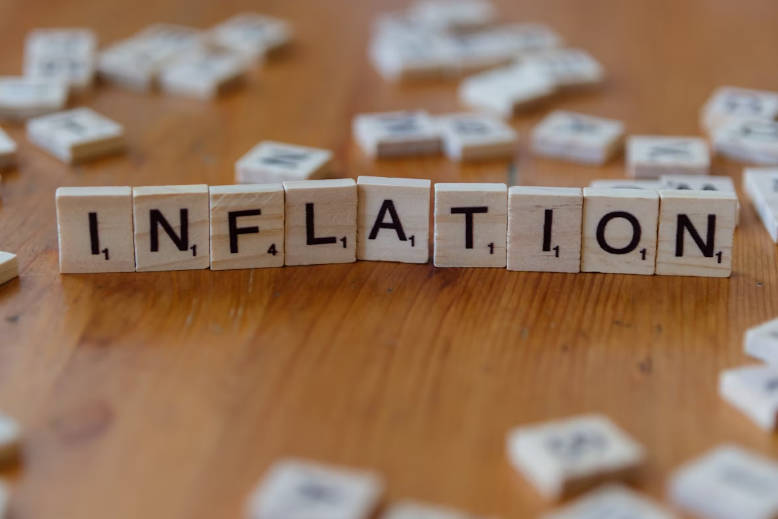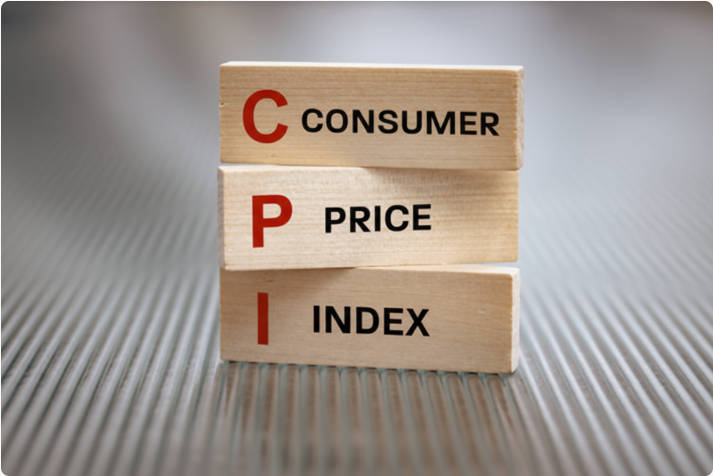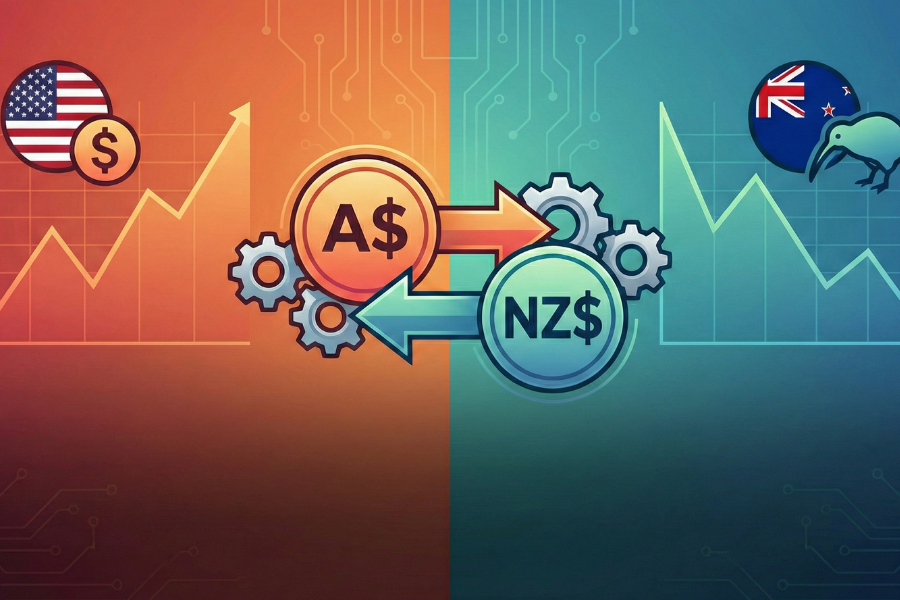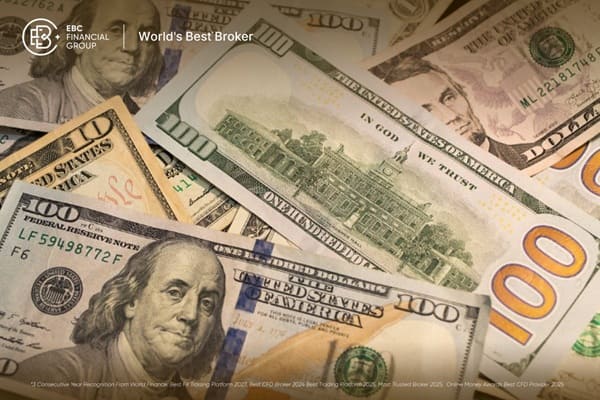Headline CPI: 0.2 % Y/Y in October, Signalling Exit from Deflationary Streak
In October 2025 the National Bureau of Statistics (NBS) reported the year-on-year change in the consumer price index (CPI) at +0.2 %, marking the second consecutive month of modest positive inflation after a period of deflation. [1]
On a month-on-month basis the CPI also rose by approximately +0.1 %, indicating a very modest recovery in consumer price pressures heading into the final quarter of the year.
This modest inflation is driven by several factors:
A pick-up in service-sector and housing-related price components, which are less volatile and reflect domestic cost pressures.
Offset by continued softness in food prices, particularly fresh produce and pork, which keeps overall inflation subdued.
The improvement in CPI suggests some stabilisation in consumer sentiment, though the magnitude remains small and the underlying recovery in demand appears fragile.
Producer Price Index (PPI): Decline Narrows to −2.1 % in October

The producer price index (PPI) recorded a year-on-year decline of −2.1 % in October, according to Reuters coverage of NBS data.
This compares favourably with a larger decline of −2.3 % in September and thus indicates that deflationary pressures at the factory gate are beginning to ease.
Key drivers for this moderation include:
Stabilisation in global commodity and energy prices, which reduces input cost downward pressure.
Some improvement in industrial materials such as steel and chemicals.
Nevertheless, persistent issues remain: over-capacity in heavy industries, weak construction demand and subdued export momentum continue to weigh on factory prices.
Core Inflation (Excluding Food & Energy): Strengthening to ~1.2 %

Core inflation, which strips out the more volatile food and energy segments, rose to approximately +1.2 % Y/Y in October, hitting around a 20-month high.
The stronger reading reflects increased costs for healthcare services, household services, and recreation, which helps to show that underlying domestic demand is not entirely flat. At the same time, the sharp drop in fresh‐food prices (for example a 2.9 % decline in food prices) dampens the headline inflation reading.
Thus, the divergence between the headline CPI (0.2 %) and core inflation (1.2 %) underlines that while consumer goods inflation is weak, service and non‐food inflation are gaining traction.
PPI Sectoral Breakdown: Heavy Industry, Commodities and Overcapacity Effects
The October PPI data show a heterogeneous picture across sectors. Key points:
Heavy industry remains under pricing pressure because of overcapacity, especially in steel and coal mining.
Energy‐intensive industries are seeing smaller declines, thanks to more stable global oil and commodity markets.
Technology manufacturing, including areas such as battery production and auto components, is beginning to see modest price improvements, driven by export orders and capacity rationalisation.
Even though the overall PPI remains negative, the slower rate of decline signals early signs of recovery in certain industrial segments.
CPI & PPI Print versus Market Expectations: Implications for Monetary Policy

The October figures came in slightly ahead of market expectations: economists had forecast around flat CPI and a somewhat deeper PPI decline. The actual outcome (CPI +0.2 %, PPI −2.1 %) therefore signals incremental improvement in domestic price stability.
For the People's Bank of China (PBOC), the combination of low headline inflation and strengthening core inflation offers some flexibility in policy. Policymakers are likely to prefer maintaining an accommodative stance rather than embarking on aggressive rate cuts, given structural vulnerabilities in the economy and potential financial-stability risks.
In short: the data suggest there is room for support, but little urgency for a sharp policy pivot.
Impact on Consumer Demand, Industrial Profitability and Domestic Outlook
1. Consumer side:
The modest rise in CPI suggests limited inflationary pressure on households, thus preserving purchasing power. At the same time it reflects a tepid demand recovery rather than a robust upturn in consumption.
2. Producer/industrial side:
The easing of PPI deflation alleviates some margin pressure for manufacturers, especially those in energy or raw-material-intensive sectors. However, the fact that producer prices remain negative means that profitability remains constrained and investment decisions remain cautious.
3. Domestic outlook:
The divergence between consumer‐side price stabilisation and producer‐side weakness indicates a fragile recovery. Domestic demand remains patchy, industrial investment is weak, and the property sector remains a drag. These factors work together to slow the pace of recovery.
Near-Term Outlook: Risks, Stimulus Room and Global Spill-Over Effects
Looking ahead:
Most analysts expect the CPI to hover in the range of +0.2 % to +0.5 % in the coming months, supported by gradual consumption recovery and moderate inflationary pressures.
The PPI deflation is forecast to narrow further, provided commodity demand stabilises and government‐led capacity‐reduction policies take stronger effect.
Key risks to this outlook include:
A renewed slowdown in global trade or export demand, which would hit producer prices.
A weaker-than-expected rebound in the property sector, which remains an essential driver of industrial demand in China.
Volatility in global energy and commodity markets—sharp drops could again feed deflationary pressures.
Policy mis-steps: if monetary/ fiscal stimulus is too weak, the recovery could stall; if too strong, it could inflate asset bubbles or spur inflation in unwanted areas.
China's October 2025 CPI and PPI: Key Figures and Economic Trends
| Indicator |
Year-on-Year Change |
Month-on-Month Change |
Previous Yr-on-Yr |
Notes |
| Headline CPI |
+0.2 % |
+0.1 % |
~0.0 % |
Driven by service & housing prices |
| Core CPI (ex food & energy) |
~+1.2 % |
— |
~+1.0 % |
Sign of underlying domestic price pressures |
| Headline PPI |
−2.1 % |
−0.1 % (approx) |
−2.3 % |
Narrowing industrial deflation |
Frequently Asked Questions (FAQ)
Q1. What were the latest figures for China's CPI and PPI in October 2025?
A1. CPI rose by 0.2 % year-on-year, while PPI fell by 2.1 %. Both outcomes slightly exceeded market expectations and point to gradual improvement in inflation dynamics.
Q2. Why is PPI still negative while CPI is positive?
A2. The PPI measures producer-level price changes and remains under pressure from overcapacity, weak export demand and slack construction activity. By contrast consumer-side prices, especially in services and housing, are more stable and driven by domestic cost pressures.
Q3. What are the policy implications of this data?
A3. The mild headline inflation allows the PBOC to maintain an accommodative stance. At the same time, the stronger core inflation reduces the urgency for broad, aggressive rate cuts and supports a careful, balanced policy approach.
Q4. How will these trends affect markets and global investors?
A4. The data suggest deflation risks are easing in China, which could lift sentiment in Asian equities and commodity markets. Investors will likely focus on policy direction, industrial output, export data and property-sector developments in the coming months.
Sources:
[1] https://www.reuters.com/world/asia-pacific/chinas-consumer-prices-rise-02-october-versus-year-earlier-2025-11-09/
Disclaimer: This material is for general information purposes only and is not intended as (and should not be considered to be) financial, investment or other advice on which reliance should be placed. No opinion given in the material constitutes a recommendation by EBC or the author that any particular investment, security, transaction or investment strategy is suitable for any specific person.





























